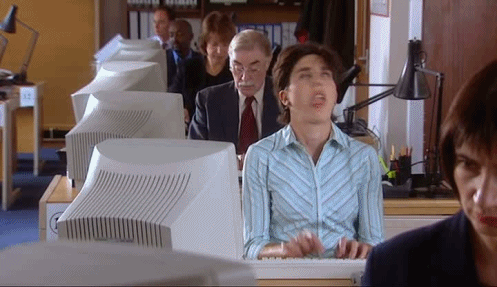This week homeless youth advocates went to boot camp.
There wasn’t a lot of yelling and push-ups,
but there was sweat-inducing policy planning and some ice breakers that got a
little intense.
On Monday and Tuesday, along with the Interagency Council on
Homelessness and
Community Solutions, DCAYA
co-hosted a DC policy boot camp on coordinated intake and referrals for
homeless youth.
Participants came from Office
of State Superintendent of Education, DC Public Schools, Department of Behavioral
Health, Department of Human Services, Children and Family Services Agency, Department
of Youth Rehabilitation Services, The Community Partnership, Latin American
Youth Center, Sasha Bruce Youthbuild, Wanda Alston House, and Covenant House.
Together, they mapped out a working plan to build
a District-wide, coordinated entry system for unaccompanied homeless youth.
Coordinated
entry is a system where a homeless youth can show up at any “front door” government
agency or community-based organization, be assessed by a standardized
assessment tool, and then be referred in a standardized way to best-fit
programs.
It sounds simple, but it is
actually really difficult to get all the pieces in place to make this process work.
Think about it, dozens of government agencies and
community-based organizations, each with their own requirements and missions, have
to come together to select and hone a standardized assessment tool. They have to change their current referral
protocols and habits to a semi-standardized referral protocol based off the
chosen assessment tool. They have to
create and maintain a living database that shows available housing slots and
service slots. Then they have to figure out what happens when a youth is
assessed and referred, but there are not enough services for them. And those are just a few of the challenges.
That’s why the boot camp model doesn’t end after the two-day
planning period. Now starts the 100-day
challenge to implement the work plan. DCAYA
and its fellow participants have only 100 days to make coordinated entry happen.
This is a very rapid timeline, meant to keep the momentum going to bust through
the obstacles that have kept coordinated entry from happening in the past.
This 100-challenge is nationally historic. While this model has been very successful in implementing
coordinated entry for adults, this is the very first time it will be attempted
for unaccompanied homeless youth. The
unaccompanied homeless youth system presents more challenges than the adult
side: stricter privacy laws, mandatory reporting laws, working with the 18-24
age group that is often mis-resourced, etc.
But we know DC is ready for this challenge.
DCAYA has been chosen as the lead organization for this challenge. We are slightly daunted by the massive amount
of work that we are facing over the next 100 days, but we know it is worth
it. It will be incredibly rewarding to
collaborate with hard-working, creative, compassionate people from government
agencies and community-based organizations. Our youth deserve a coordinated
entry system when they come to us for help, and we are going to make it happen.
Katie Dunn is the youth homelessness and expanded learning policy analyst for
DCAYA. She is listening to Rocky pump-up
music to get through this 100-day challenge.






_logo.png)





















